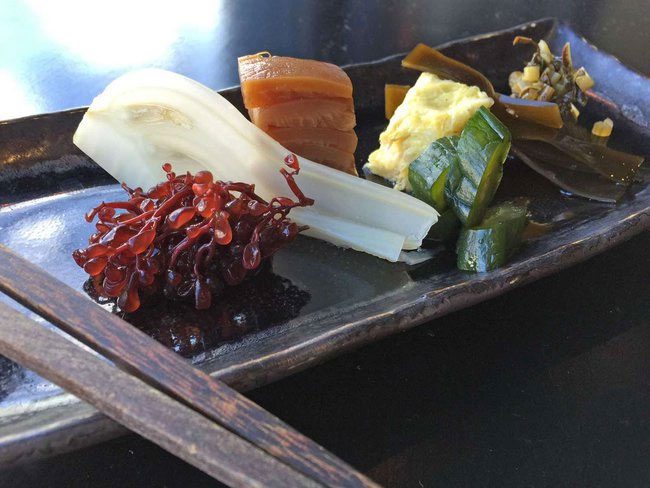In winter, the Japanese love to eat these 3 types of foods as they effectively keep the body warm while enhancing fat burning and promoting quick weight loss.
During winter, the weather becomes frigid, making it easy for us to become numb and for our bodies to get cold when moving outdoors. At this time, health issues begin to manifest, posing many risks to the body, especially for the elderly, making it even more dangerous. Therefore, we need to protect our health more carefully as the weather turns cold.
Japan is also a country known for its bone-chilling cold, with winter temperatures often dropping below zero. However, the Japanese rarely fall ill and remain healthy, even the elderly, who live long lives despite enduring many cold seasons. This is primarily because they always have extremely effective methods to combat the cold.
According to Kirsty Kawano, an Australian nutritionist currently working in Japan, when winter arrives, the Japanese always add these 3 dishes to their meals. These foods have natural heat-generating properties that help warm the body and protect internal organs and skin from the cold.
3 Foods That Keep the Body Warm in Winter That the Japanese Love
Ginger
Since ancient times, ginger has been used as a remedy for various ailments, such as treating mild colds, sore throats, and stomach cramps. According to Katherine Marengo, a nutritionist at Louisiana Medical Center (USA), ginger has warming properties that help keep the body warm and prevent respiratory viruses that cause illness in winter.
The spiciness of ginger also treats digestive issues; when used correctly, it stimulates digestion and enhances nutrient absorption. Japanese women also utilize ginger for weight loss due to its warming properties, which accelerate metabolism and enhance fat burning.

Ginger helps keep the body warm and supports fat burning.
In winter, the Japanese often add a few slices of ginger to their dishes or drink ginger tea to stay warm. They frequently incorporate ginger into soups, stews, or broths to enhance flavor and protect their health. Outdoor eateries also add ginger to beverages for their customers.
Cinnamon
Cinnamon is a familiar spice used in cooking. However, few know that the nutrients in cinnamon also help keep warm and boost immunity during the cold season. According to Amy Richter, a graduate from Missouri State University (USA), cinnamon has warming properties and is rich in nutrients, providing a pleasant feeling and warmth to the body in winter.
Modern medicine uses cinnamon to treat digestive disorders, flu, colds, pneumonia, improve blood circulation, and alleviate cold hands and feet. Recently, cinnamon has also been shown to have insulin-like effects, helping stabilize blood sugar levels and prevent complications from diabetes.

Cinnamon helps reduce cold hands and feet in winter.
Additionally, cinnamon contains many antioxidants and minerals that help prevent toxins, improve blood circulation, and boost immunity. The Japanese regard cinnamon as a “natural antibiotic” that is very safe for health. After cooking, they sprinkle a little cinnamon powder on their food and eat as usual.
Vegetables
Whether in summer or winter, vegetables are always a staple on Japanese dining tables. Kirsty notes that winter is the time when certain vegetables thrive, being rich in nutrients, so the Japanese always take advantage of them to increase their nutrient intake. This is also a secret to maintaining their health despite limited exercise.
Some winter vegetables like kale, carrots, cabbage, radishes, and cauliflower are in season, making them extremely nutrient-rich. They are packed with antioxidants and minerals that help keep the body warm, prevent cardiovascular diseases, reduce inflammation, and boost immunity against colds.

Vegetables are a staple on Japanese dining tables.
In winter, the Japanese often eat vegetables in soups, stews, or broths. They never fry vegetables excessively as it makes them absorb too much oil, increasing the risk of illness. The Japanese also enjoy mixing salads and eating raw vegetables to preserve their flavor and nutrients.



















































